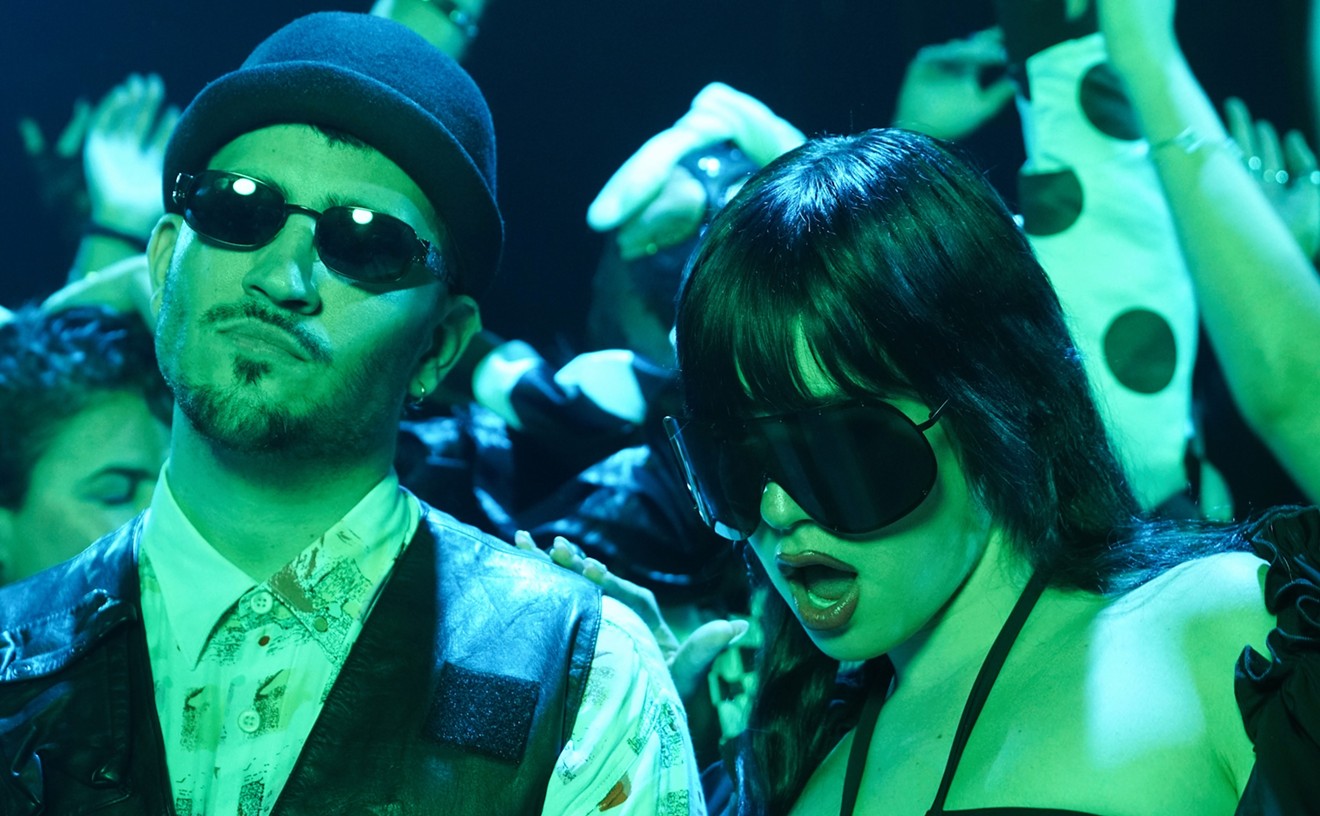For years Morphine had explored the possibilities of its minimalist approach. The band's 1992 debut, Good, introduced its distinct and self-described "low rock" sound, displaying how less can indeed be more in the right musicians' hands. But Cure for Pain, the 1993 followup, perfected the group's approach; it was simultaneously satiable for a pop radio audience and artistically adventurous. Over the course of the next two releases, however, 1995's Yes and 1997's Like Swimming, it seemed Morphine's secret weapon was beginning to backfire. The band's restricted instrumentation was what most noticeably separated Morphine from all the others, yet the well was beginning to dry and the limitations of the trio were starting to hold the group back.
Then there's The Night, easily Morphine's most experimental album to date. Recorded in Sandman's home studio during the spring of 1999, the recording captures the band branching out, pulling from a palette more colorful than ever before. Augmenting Morphine's familiar sedated and bass-heavy grooves is a host of other instruments: cello, viola, piano, frame drum, oud, and back-up vocals, plus Sandman himself on organ, acoustic guitar, trombone, and a strange homemade creation called a tri-tar. And the results are impressive. It's Morphine times two: thicker, spacier, and infinitely darker.
"Top Floor, Bottom Buzzer," featuring organist John Medeski, is a funkified groove gem that snakes along steady and hard until the sexy, smoke-filled dream trance of "Like a Mirror" takes hold. The haunting rocker "So Many Ways" swims through a distant pool of guitar distortion. "Rope on Fire" is an unpretentious melding of Middle-Eastern folk music and slow, dark night-drive rock. Though none of the tunes screams "radio hit," The Night is ultimately a satisfying parting shot for the band. It captures Morphine at a welcome moment of growth, expanding musically without losing its own carefully designed identity.










